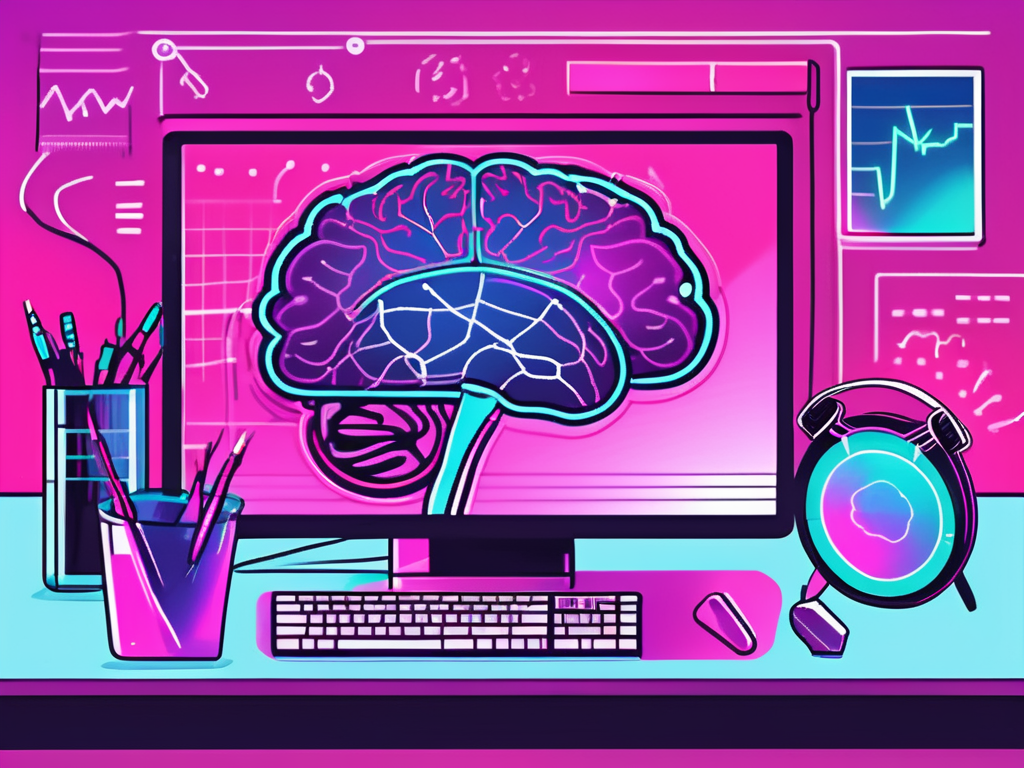A neurologist is a medical specialist who diagnoses and treats disorders of the brain, spinal cord, and peripheral nerves. Their extensive training gives them deep knowledge of how the nervous system works. This expertise helps neurologists carefully study symptoms that may have complex neurological causes.
Neurologists play a role in finding the root causes of difficult neurological symptoms that affect daily life. They use their knowledge to create effective treatment plans tailored to each patient’s needs. Through detailed evaluation, neurologists help improve patient outcomes and quality of life.
Identifying Symptoms of Neurological Disorders
Neurologists begin by gathering a detailed history of a patient’s symptoms, including when they started, how often they happen, and their severity. They ask thorough questions to understand how symptoms have changed over time and affected daily activities. Since many neurological disorders share similar symptoms, a careful and complete evaluation is needed.
By spotting patterns in symptoms, neurologists can narrow down possible causes more accurately. This focused method helps make the diagnosis precise and well-informed. Careful review of symptom details guides the choice of the best treatment options.
Performing Neurological Exams and Assessments
A neurological exam is a step in assessing the overall health and function of a patient’s nervous system. During the exam, the neurologist evaluates motor skills, reflexes, and sensory responses to gather detailed information. These tests provide insight into how effectively different parts of the nervous system are working together.
By carefully observing physical reactions, neurologists can detect any abnormalities or unusual signs indicating potential issues. These findings often highlight specific neurological disorders that require additional evaluation and treatment. Exam results play a key role in guiding decisions about accurate diagnosis and appropriate treatment plans.
Utilizing Diagnostic Imaging and Tests
Neurologists often rely on advanced imaging tools to obtain clear, detailed, and precise views of the brain and nervous system structures. Tests such as MRIs, CT scans, and EEGs help detect both structural damage and functional abnormalities with a high degree of accuracy. Additionally, blood tests may be conducted to exclude other medical conditions that can present with symptoms similar to neurological disorders.
These diagnostic tools provide neurologists with reliable, comprehensive information that supports accurate and evidence-based diagnoses and treatment decisions. By integrating imaging results with thorough clinical examinations, neurologists can develop highly targeted and effective treatment plans for patients. The use of advanced technology significantly enhances the ability to identify underlying causes and ultimately improves overall patient outcomes.
Partner with a Neurologist for Personalized and Comprehensive Care
After diagnosing a neurological condition, neurologists work closely with patients to build personalized treatment plans that meet their specific needs. They clearly explain the condition to help patients understand their prognosis and treatment choices. Some disorders need medications to manage symptoms, while others improve with therapy or lifestyle changes.
Neurologists often team up with other healthcare specialists so patients receive coordinated, comprehensive care. This collaboration addresses all parts of a patient’s condition and leads to better treatment results. By combining their expertise, neurologists and specialists create the most effective approach for every patient.



